10 essential books for modern technology leaders
At Hyperact, we believe Engineering Excellence is the ultimate accelerator of customer value. Building the right things, in the right ways, transforms delivery outcomes far beyond traditional “go faster” mechanics.
Shifting from a feature or project-led mindset to a true product mindset requires a fundamental change in how you think, operate and lead. It is not just about writing code. It is about:
- Understanding constraints
- Building with an appreciation of your organisational and technical landscape
- Aiming for value flywheels rather than one-off outcomes
- Developing the discipline to ship frequently and safely
To help guide that journey, we have curated 10 essential books, practical, thought-provoking, and indispensable reading for anyone aspiring to lead in Engineering Excellency.
Extreme Programming Explained: Embrace Change
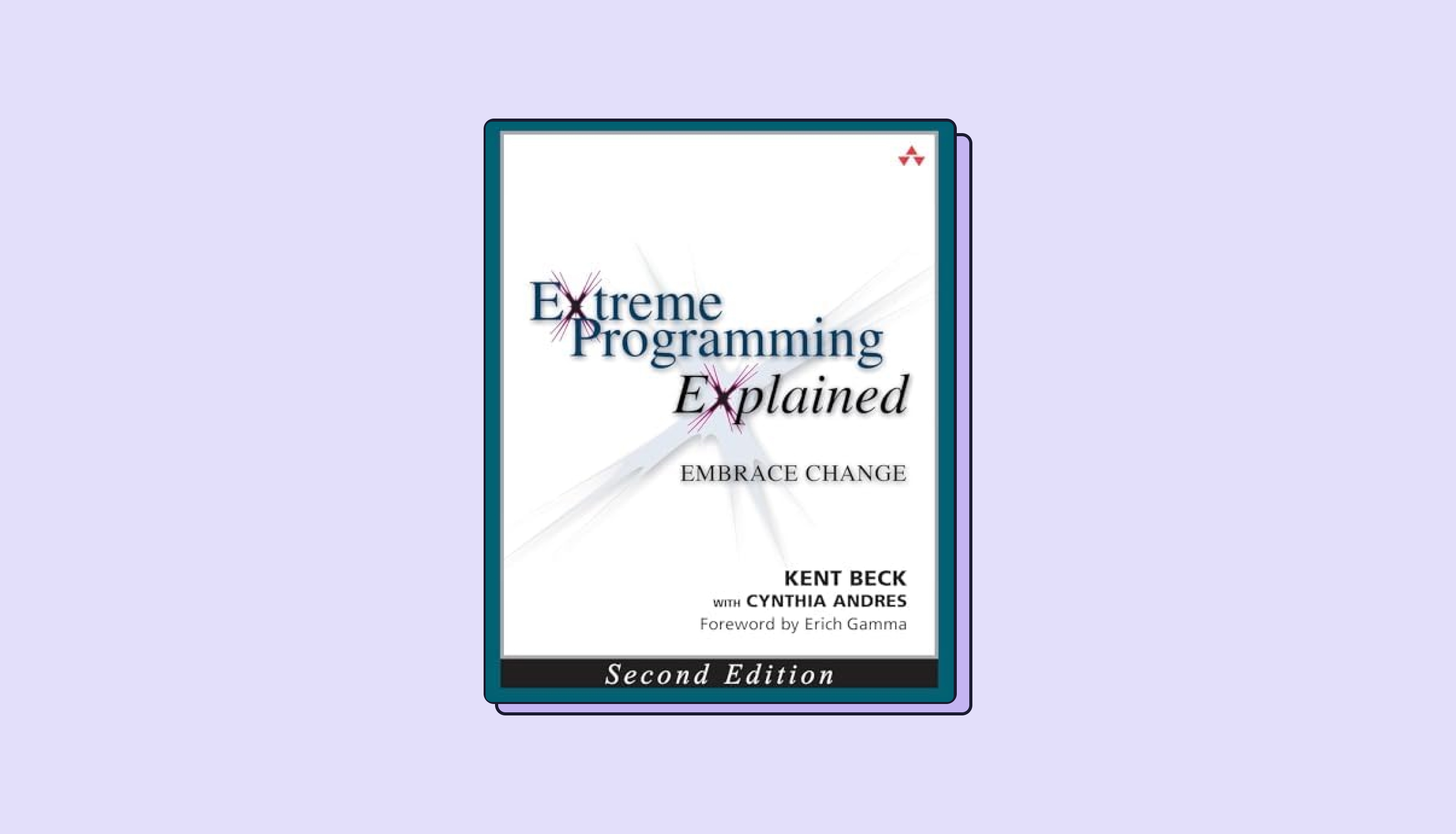
This book sets the baseline for how modern software should be built. Most agile movements trace their roots back to XP, and while few organisations adopt it in full, practices such as test-driven development, continuous integration, pair programming and frequent releases have become industry standards in their own right.
XP defines the “how” of building high-quality software at speed. This foundation is even more critical in the age of AI, where code generation is becoming commoditised. The teams that succeed will be those who can combine AI-driven acceleration with the rigour, discipline and feedback loops of XP, ensuring that quality, safety and value delivery are not lost in the rush to move faster.
Domain-Driven Design: Tackling Complexity in the Heart of Software
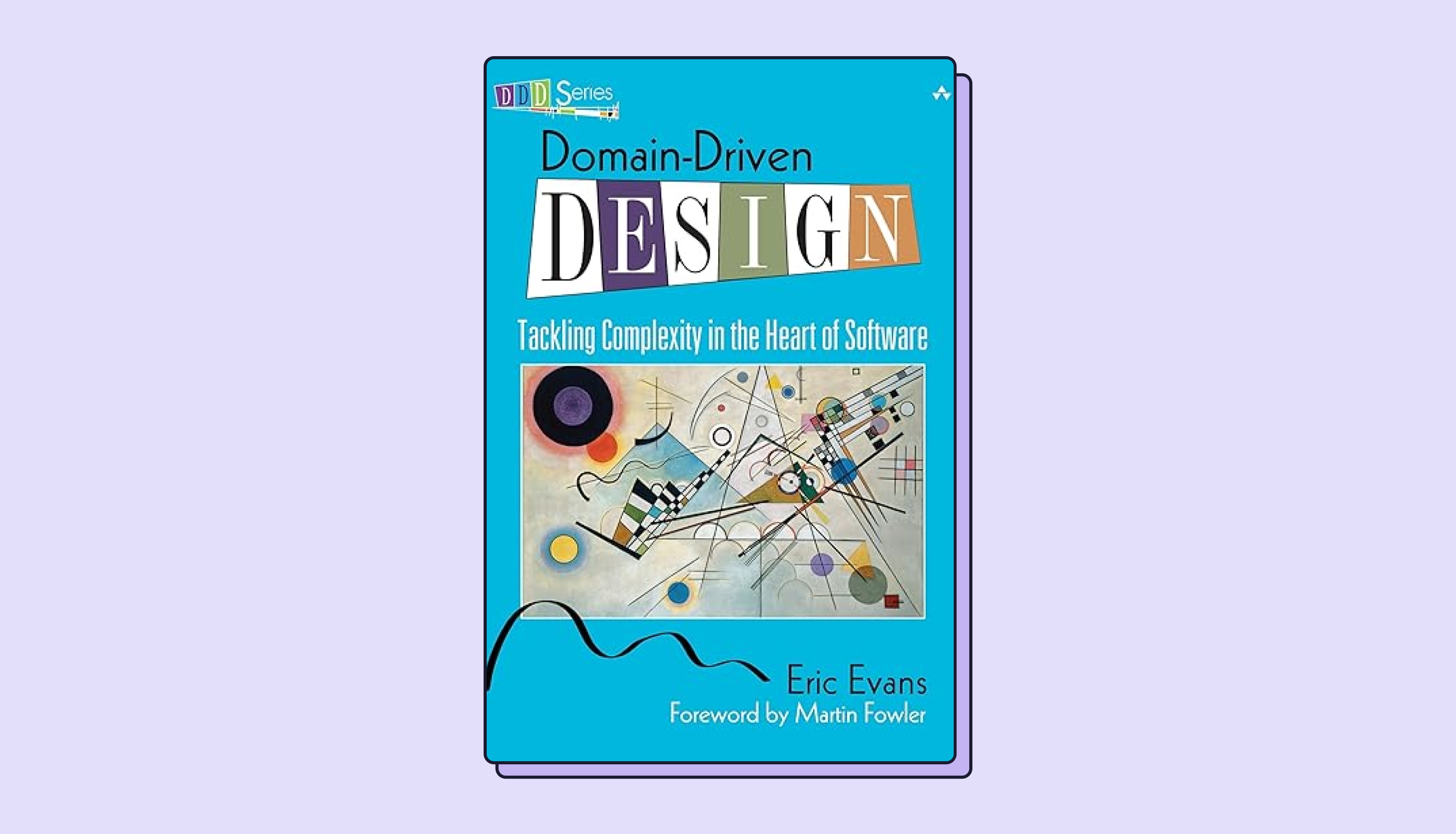
DDD teaches how to align software models with the real-world domains they serve, creating a shared language between developers and business experts.
At its core, it is about tackling complexity not through process, but through deep understanding of the problem space and shaping systems around it. Many modern practices, including bounded contexts, event storming and microservices, can be traced back to DDD. Even if adopted incrementally, its concepts bring clarity and coherence to large, evolving systems.
The Goal: A Process of Ongoing Improvement
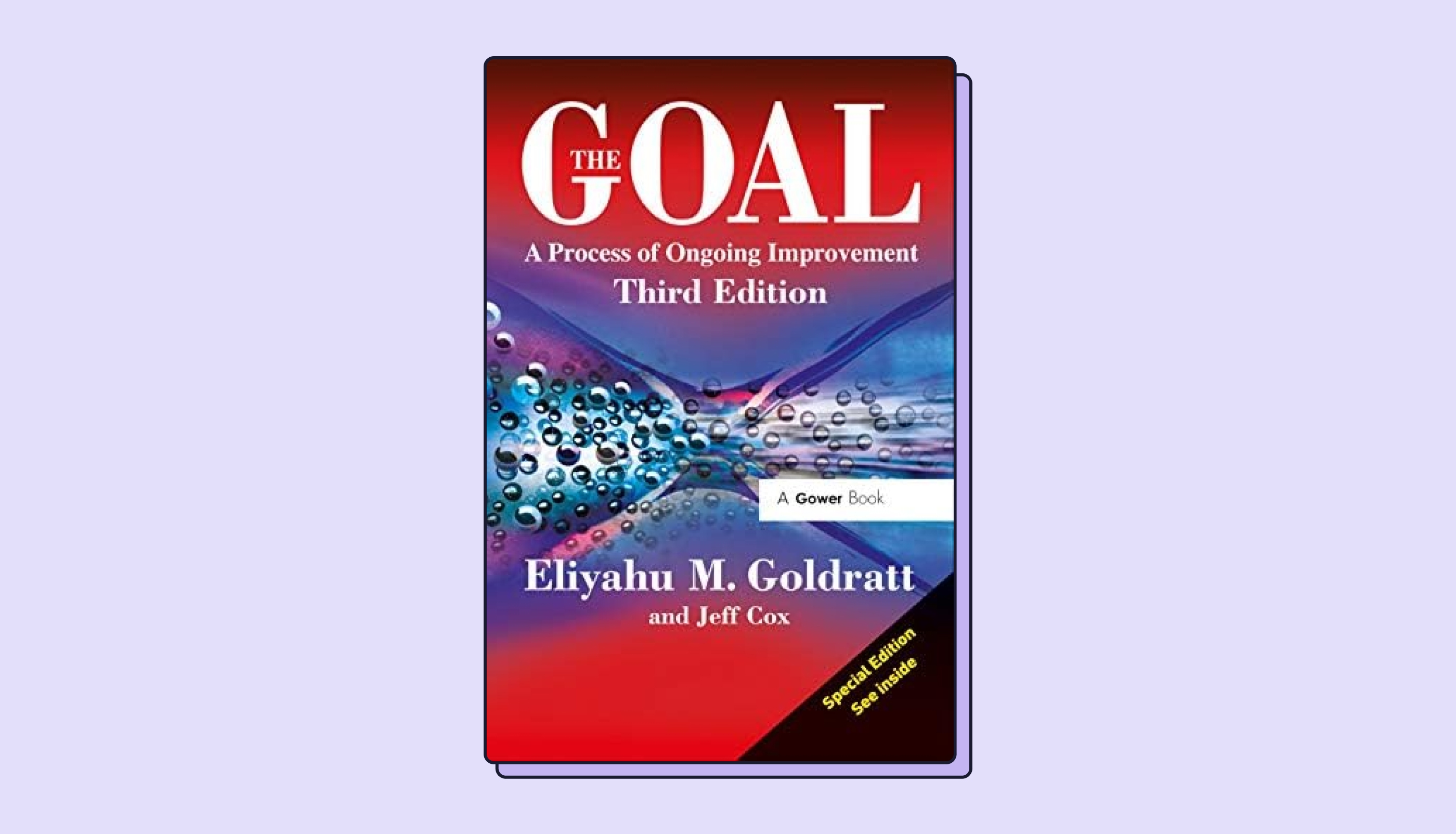
Eliyahu Goldratt’s business novel introduces the Theory of Constraints, showing how to identify and resolve the true bottlenecks that determine a system’s performance.
It makes clear that local optimisation is meaningless if the overall flow of value is broken. This mindset has influenced lean, agile, Kanban and DevOps practices. In today’s AI era, where software creation is no longer the constraint, it is coordination, quality and customer value that become the new bottlenecks. Teams that succeed will be those that identify and elevate them.
Team Topologies: Organising Business and Technology Teams for Fast Flow
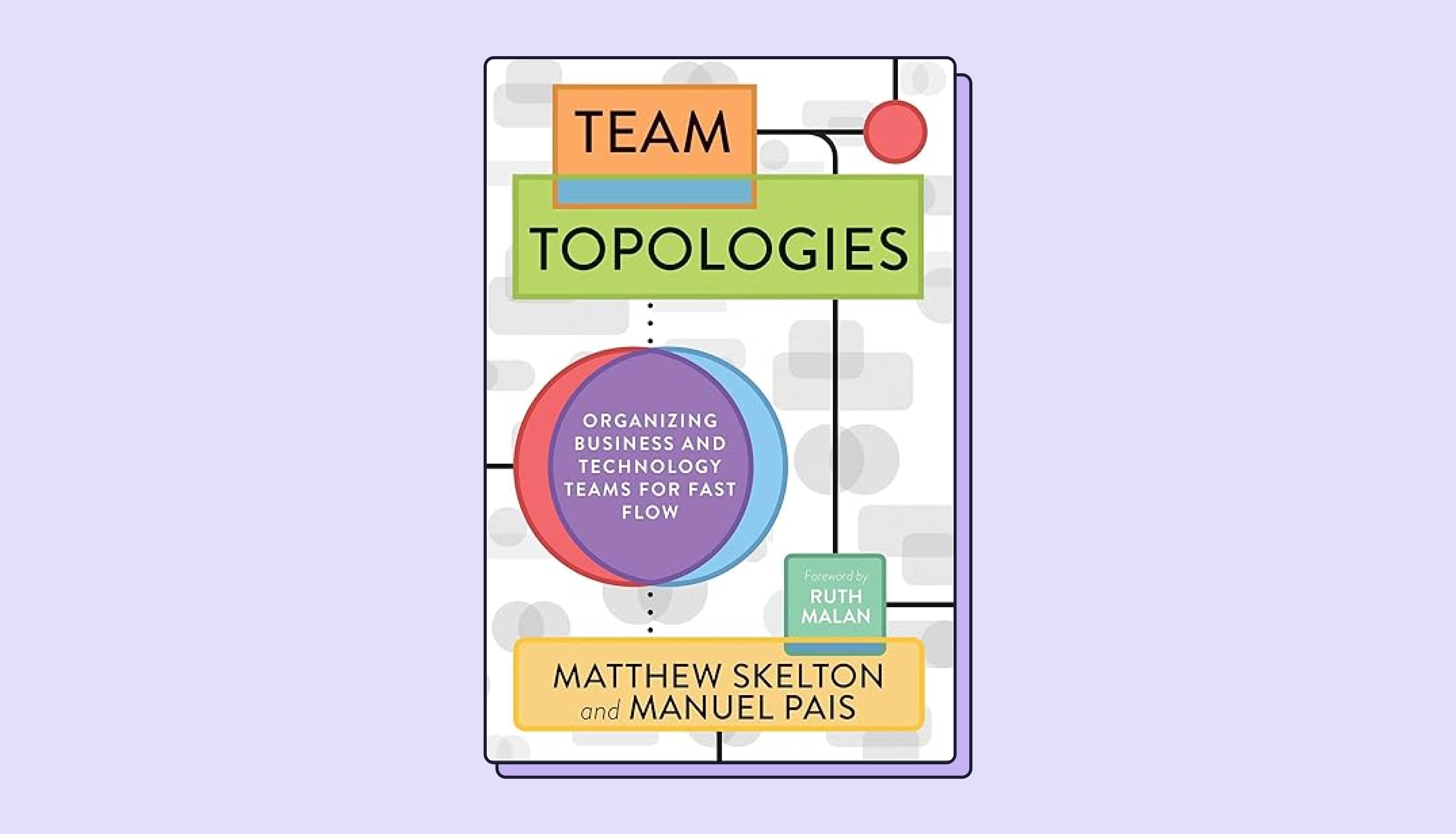
This book introduces a pattern-driven approach to structuring teams for sustainable delivery. It identifies four fundamental team types, stream-aligned, enabling, complicated subsystem and platform, and defines clear interaction modes that reduce friction and improve flow.
As Conway’s Law teaches us, software mirrors team structure. Team Topologies gives leaders the language and tools to intentionally shape those structures, optimising value delivery instead of leaving outcomes to chance.
The Value Flywheel Effect: Power the Future and Accelerate Your Organisation to the Modern Cloud

This book provides a strategic playbook for harnessing cloud and modern practices to accelerate delivery. Its “value flywheel” framework starts with clarity of purpose, aligns teams around user needs, leverages cloud-native capabilities and builds momentum through continuous delivery of outcomes.
It reframes technology transformation not as a one-off migration, but as a compounding engine for innovation and growth. By combining Wardley Mapping with cloud-first strategies, leaders can connect strategy to execution in a tangible, value-driven way.
Refactoring: Improving the Design of Existing Code
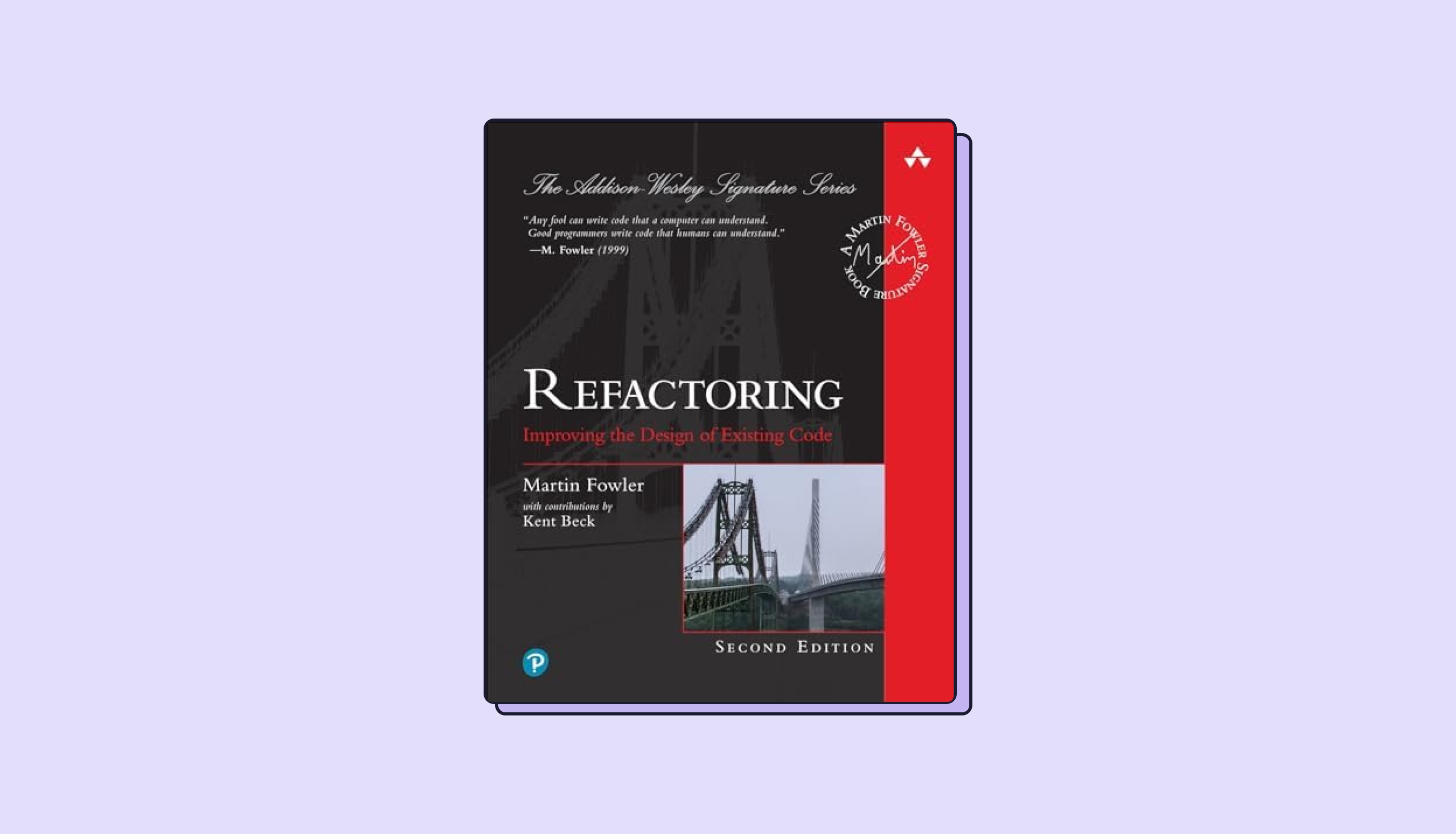
Martin Fowler’s classic defines the discipline of refactoring, making small, controlled changes to improve internal structure without changing behaviour.
Systematic refactoring reduces complexity, lowers the cost of change and keeps systems healthy over time. Without it, code decays into brittleness, while with it, organisations preserve agility and keep innovation flowing.
Continuous Delivery: Reliable Software Releases through Build, Test, and Deployment Automation
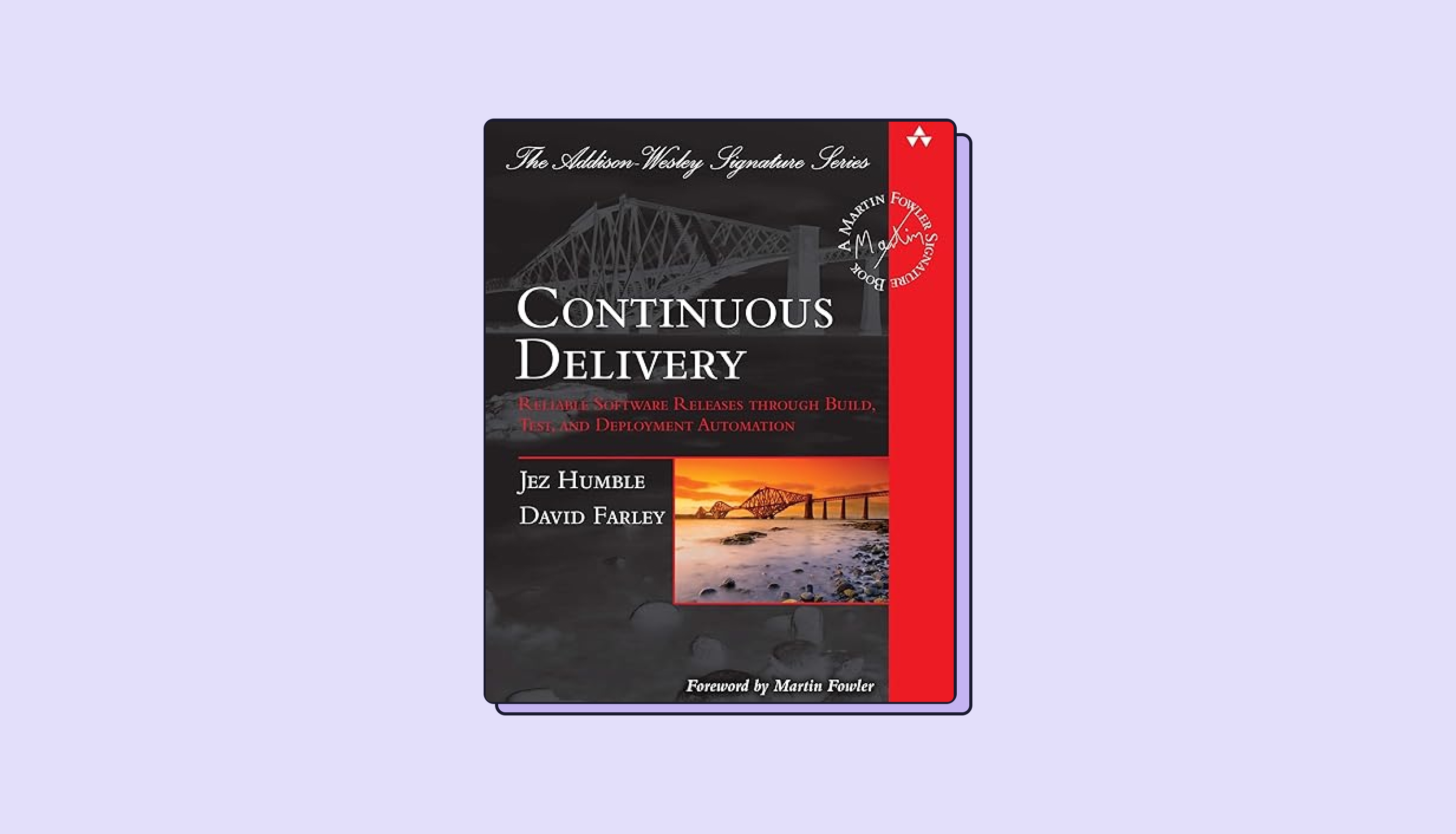
By Jez Humble and David Farley, this book defines the practices that underpin modern release engineering. It establishes automation of build, test and deployment as the backbone of modern delivery, ensuring software is always in a releasable state.
At its heart, Continuous Delivery transforms release management from a bottleneck into a business enabler. Its principles underpin DevOps, site reliability engineering and platform engineering practices seen across high-performing organisations today.
Accelerate: Building and Scaling High Performing Technology Organisations
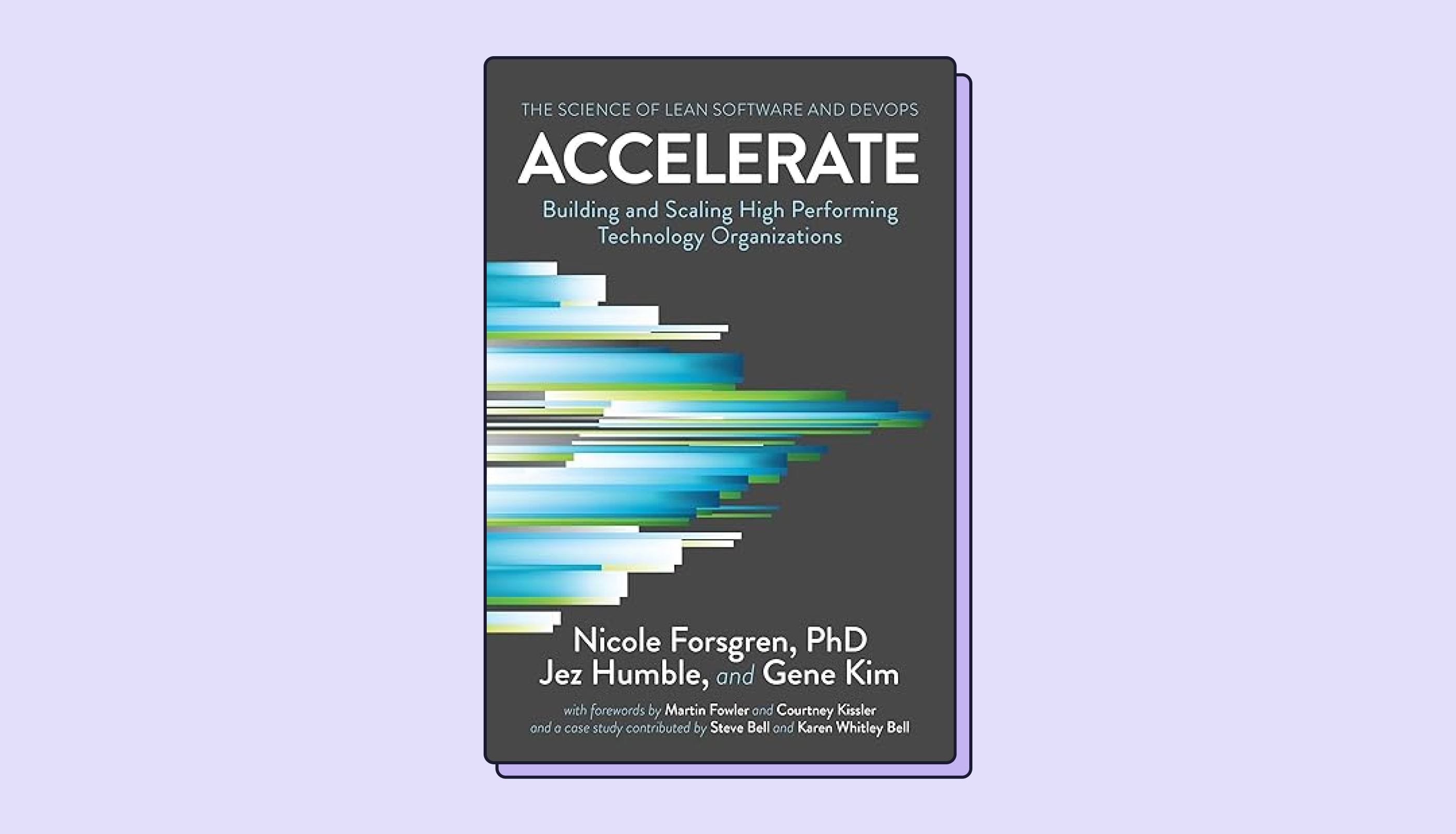
Written by Nicole Forsgren, Jez Humble and Gene Kim, Accelerate distils years of research into what makes technology organisations high-performing.
Through statistical analysis and the State of DevOps reports, it identifies the key capabilities, including continuous delivery, lean product management and psychological safety, that consistently drive performance. Its core message: speed and stability are not trade-offs, but mutually reinforcing outcomes of adopting the right practices.
The Phoenix Project: A Novel about IT, DevOps, and Helping Your Business Win
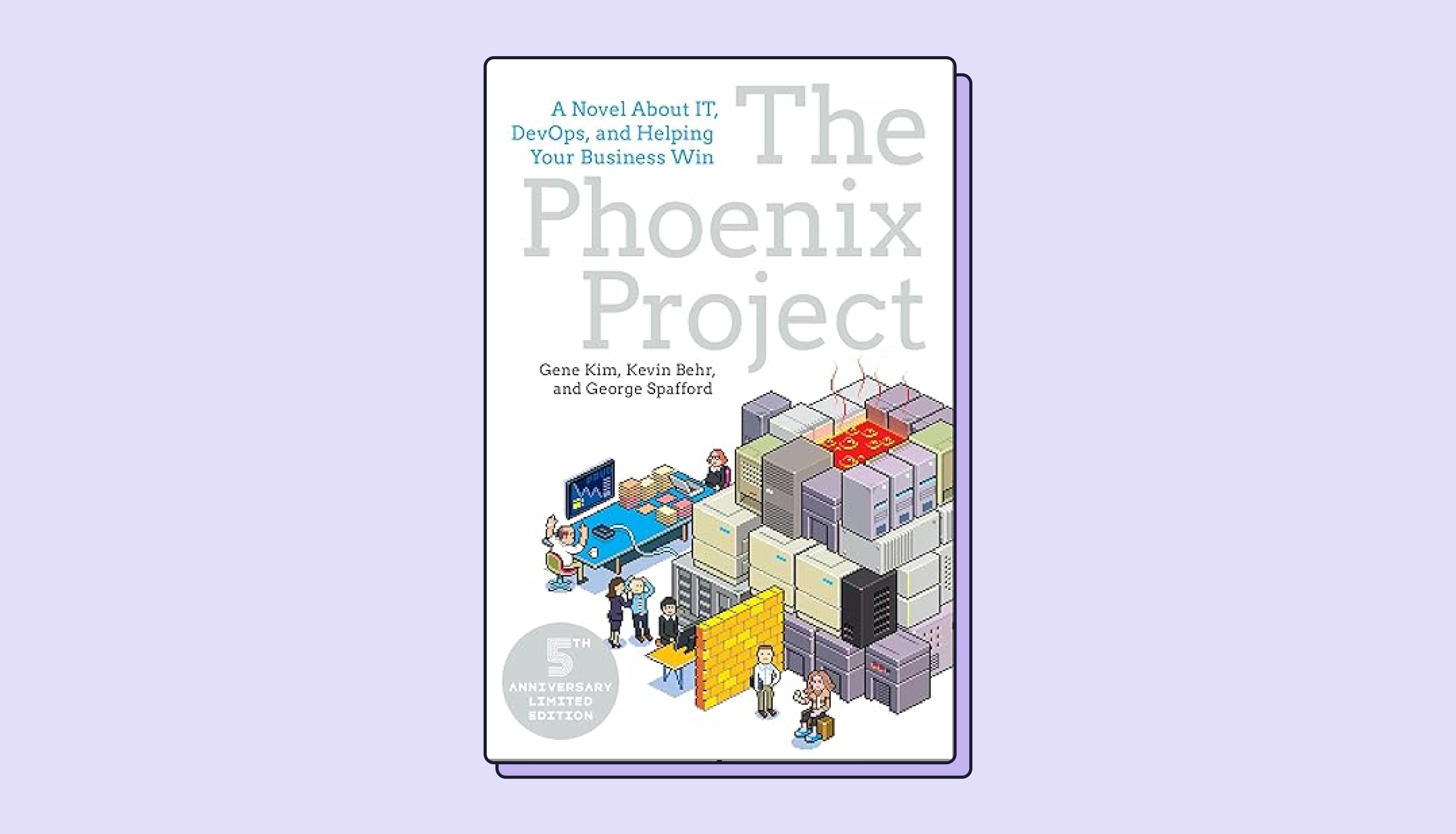
This business novel, by Gene Kim, Kevin Behr and George Spafford, brings DevOps principles to life. Through the lens of a struggling IT organisation, it demonstrates how flow, feedback and continuous learning transform technology into a strategic business enabler.
Its narrative style makes the abstract tangible, illustrating how collaboration, automation and cultural change unlock speed, resilience and business success.
Clean Code: A Handbook of Agile Software Craftsmanship
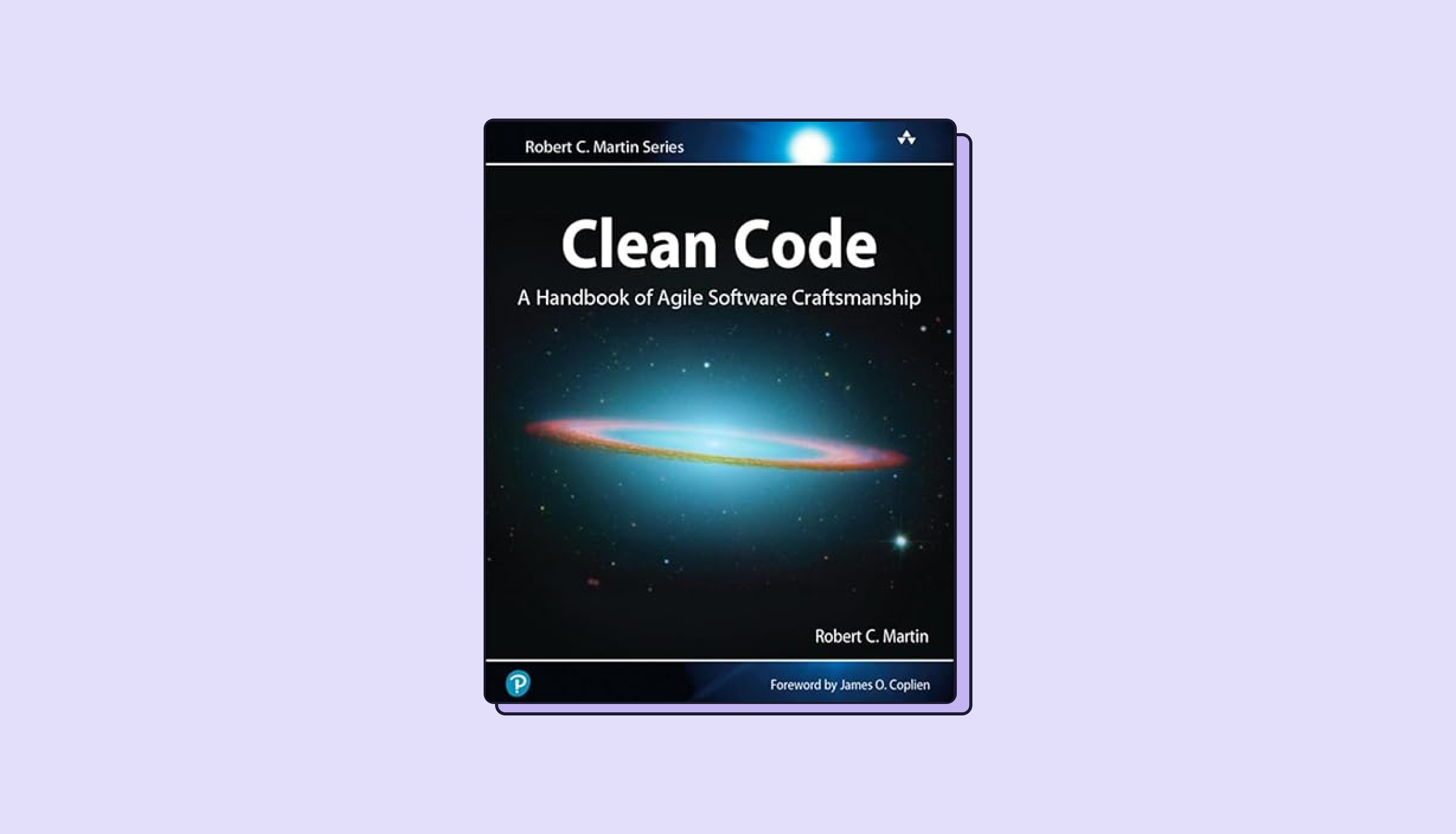
Robert C. Martin’s Clean Code sets the benchmark for writing software that is simple, readable and maintainable. It emphasises craftsmanship, covering naming, small functions, testing and anti-patterns that slow teams down.
At its core, it is about professional discipline. Quick wins and shortcuts might appear efficient, but they erode trust and agility. Clean code ensures systems remain adaptable, sustainable and valuable over the long term.
Conclusion
Engineering Excellence is not about speed for its own sake. It is about rigour, clarity and discipline that compound into delivery momentum, customer value and organisational resilience.
These ten books represent a toolkit for leaders aiming to make that shift, from feature delivery to true product-driven, high-value engineering. Whether you are shaping teams, optimising systems or rethinking leadership, the common thread is clear: build with intent, deliver with discipline, and always put value first.

